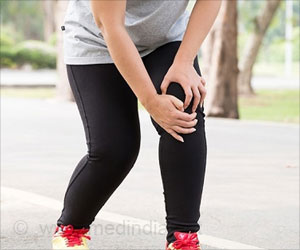The National Sleep Foundation guidelines provide evidence-based recommendations to the public regarding indicators of good sleep quality across the life-span.
Highlights
- The National Sleep Foundation has released some guidelines on key indicators of good quality sleep.
- The NSF guidelines on sleep duration and quality provide consumers with the resources needed to understand their sleep.
The sleep-need is individualistic.
The amount of sleep that one needs is that optimum amount which allows one to function throughout the day without feeling drowsy, even under conditions that promote sleep.
During infancy and adolescence, there is an increase in sleep- need that is brought on by developmental changes. For infants the need is 14-15hrs and for school-age children it is 10-11hrs.
The average need for adults is 7-8 hrs, but the requirements vary. Few people feel fine with as little as 5hrs of sleep while others require more than 10hrs to feel refreshed and alert.
The indicators are:
- Sleeping more time while in bed (at least 85 percent of the total time)
- Falling asleep in 30 minutes or less
- Waking up no more than once per night
- Being awake for 20 minutes or less after initially falling asleep
The use of sleep technology combined with the NSF guidelines will help people gauge their sleep and even improve the sleep quality. The NSF's recommendations are necessary to the continued development of such consumer technologies.
"In the past, we defined sleep by its negative outcomes including sleep dissatisfaction, which were useful for identifying underlying pathology. Clearly this is not the whole story. With this initiative, we are now on a better course towards defining sleep health," noted Maurice Ohayon, MD, DSc, PhD, Director of the Stanford Sleep Epidemiology Research Center.
The key findings have been endorsed by the American Association of Anatomists, American Academy of Neurology, American Physiological Society, Gerontological Society of America, Human Anatomy and Physiology Society, Society for Research on Biological Rhythms, Society for Research of Human Development, and Society for Women's Health Research.
They key determinants of quality sleep are included in a report published in Sleep Health.
To identify and outline additional indicators of good sleep quality across age groups, further research is needed.
References
- Maurice Ohayon et al. National Sleep Foundation's sleep quality recommendations: first report. Sleep Health ; (2017) doi.org/10.1016/j.sleh.2016.11.006
- Learn about Sleep - (https://www.medindia.net/patients/patientinfo/sleep.htm)
Source-Medindia
















